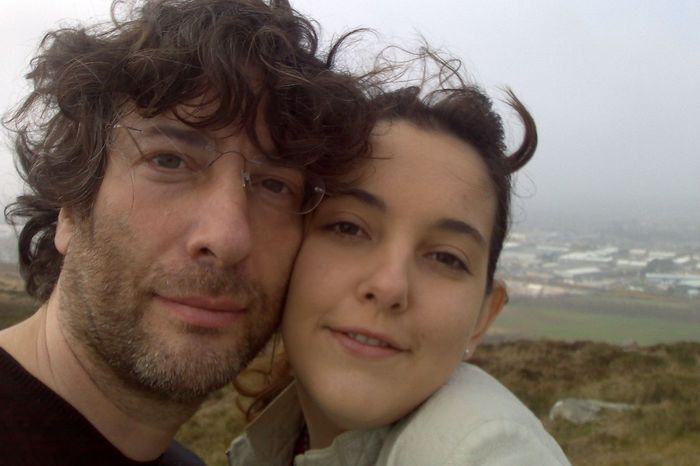Editor’s note: This story contains content that readers may find disturbing, including graphic allegations of sexual assault.
Scarlett Pavlovich was a 22-year-old drama student when she met the performer Amanda Palmer by chance on the streets of Auckland. It was a gray, drizzly afternoon in June 2020, and Palmer, then 44, was walking down the street with the actress Lucy Lawless, one of the most famous people in New Zealand owing to her six-season stint portraying Xena the warrior princess. But Pavlovich noticed only Palmer. She’d watched her TED talk, “The Art of Asking,” and was fascinated by the cult-famous feminist writer and musician — by her unabashed self-assurance.
On the surface, Pavlovich appeared to be self-assured as well. A local girl, she had dropped out of high school at 15 to travel to Europe, Morocco, and the Middle East on the cheap, pausing in Scotland — where Tilda Swinton gave her a scholarship to attend her Steiner school, Drumduan — and London to work in the cabaret scene. Eventually, her visa expired and she ran out of money and so, in 2019, she returned to Auckland, where she enrolled in an acting school and took a job at a perfumery. Pale and dark-haired and waifish, she favored bold colors and outrageous outfits. On the day she met Palmer — on most days then — she’d painted a triangle of translucent silver beneath her lower lashes so it looked as though she’d been crying tears of glitter. It was Pavlovich who approached Palmer on the sidewalk outside the perfumery. She was surprised when Palmer texted her a few days later. “It’s amanda d palmer,” she wrote. “Your new friend.”
In This Issue
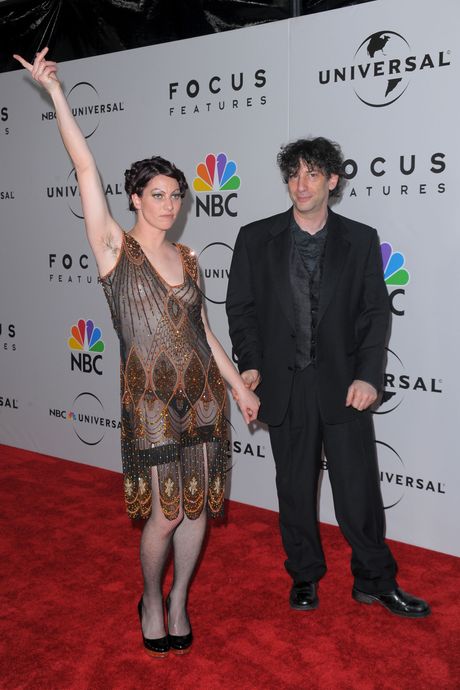
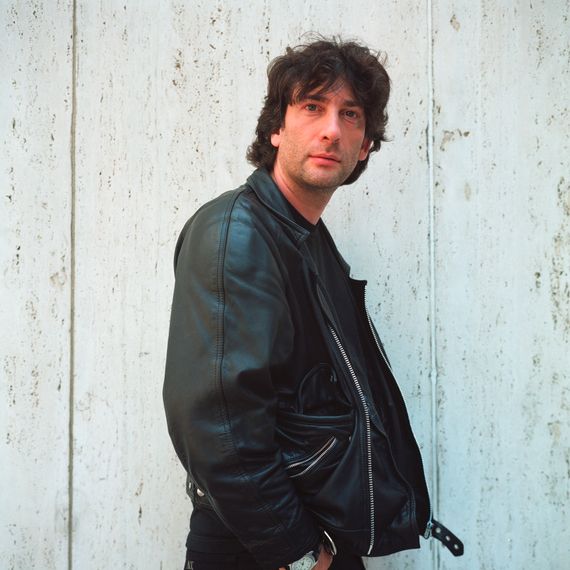
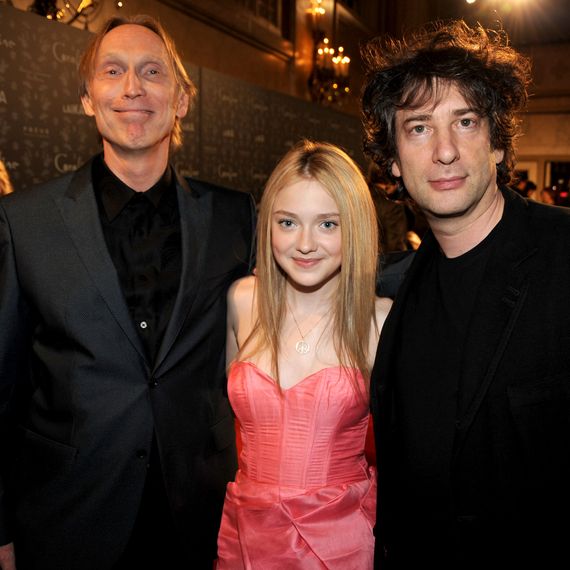
In The Sandman, the DC comic-book series that ran from 1989 to 1996 and made Gaiman famous, he tells a story about a writer named Richard Madoc. After Madoc’s first book proves a success, he sits down to write his second and finds that he can’t come up with a single decent idea. This difficulty recedes after he accepts an unusual gift from an older author: a naked woman, of a kind, who has been kept locked in a room in his house for 60 years. She is Calliope, the youngest of the Nine Muses. Madoc rapes her, again and again, and his career blossoms in the most extraordinary way. A stylish young beauty tells him how much she loved his characterization of a strong female character, prompting him to remark, “Actually, I do tend to regard myself as a feminist writer.” His downfall comes only when the titular hero, the Sandman, also known as the Prince of Stories, frees Calliope from bondage. A being of boundless charisma and creativity, the Sandman rules the Dreaming, the realm we visit in our sleep, where “stories are spun.” Older and more powerful than the most powerful gods, he can reward us with exquisite delights or punish us with unending nightmares, depending on what he feels we deserve. To punish the rapist, the Sandman floods Madoc’s mind with such a wild torrent of ideas that he’s powerless to write them down, let alone profit from them.


This past July, a British podcast produced by Tortoise Media broke the news that two women had accused Gaiman of sexual assault. Since then, more women have shared allegations of assault, coercion, and abuse. The podcast, Master, reported by Paul Caruana Galizia and Rachel Johnson, tells the stories of five of them. (Gaiman’s perspective on these relationships, including with Pavlovich, is that they were entirely consensual.) I spoke with four of those women along with four others whose stories share elements with theirs. I also reviewed contemporaneous diary entries, texts and emails with friends, messages between Gaiman and the women, and police correspondence. Most of the women were in their 20s when they met Gaiman. The youngest was 18. Two of them worked for him. Five were his fans. With one exception, an allegation of forcible kissing from 1986, when Gaiman was in his mid-20s, the stories take place when Gaiman was in his 40s or older, a period in which he lived among the U.S., the U.K., and New Zealand. By then, he had a reputation as an outspoken champion of women. “Gaiman insists on telling the stories of people who are traditionally marginalized, missing, or silenced in literature,” wrote Tara Prescott-Johnson in the essay collection Feminism in the Worlds of Neil Gaiman. Although his books abounded with stories of men torturing, raping, and murdering women, this was largely perceived as evidence of his empathy.

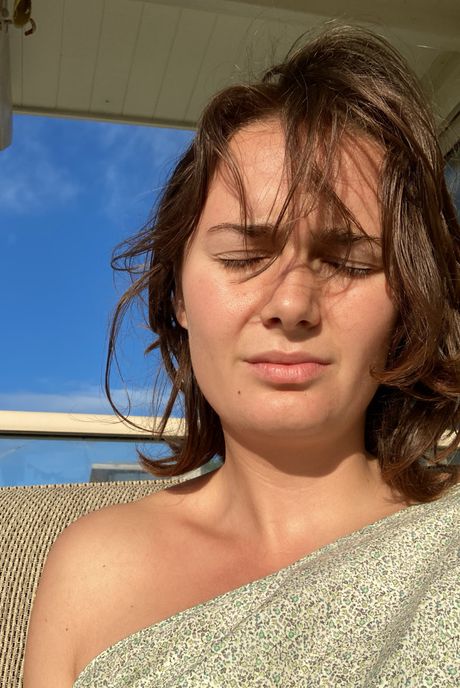
After Gaiman got into the bathtub with Pavlovich, she retreated to Palmer’s house, which was vacant at the time. She sat in the shower for an hour, crying, then got into Palmer’s bed and began to search the internet for clues that might explain what had happened to her. She Googled “Me Too” and “Neil Gaiman.” Nothing. The only negative stories she found were about how he’d broken COVID lockdown rules in 2020 and had been forced to apologize to the people of the Isle of Skye for endangering their lives.
Throughout his career, Gaiman has written about terror from the point of view of a child. His most recent novel, The Ocean at the End of the Lane, tells the story of a quiet and bookish 7-year-old boy. Through various unfortunate events, he ends up with a hole in his heart that can never be healed, a doorway through which nightmares from distant realms enter our world. Over the course of the tale, the boy suffers terribly, sometimes at the hands of his own family. At dinner one night, the boy refuses to eat the food his nanny has prepared. The nanny, the boy knows, isn’t really a human but a nightmare creature from another world. When his father demands to know why he won’t eat, the boy explains, “She’s a monster.” His father becomes enraged. To punish him, he fills the tub, then picks up the child, plunges him into the bath, and pushes his shoulders and head beneath the chilly water. “I had read many books in that bath,” the boy says. “It was one of my safe places. And now, I had no doubt, I was going to die there.” Later that night, the boy runs away from home; on his way out, he glimpses his father having sex with the monstrous nanny through the drawing-room window.
Gaiman and Palmer met in 2008, when she was 32 and he was 47. Both were at a turning point in their lives and careers. Gaiman was in the midst of finalizing a divorce from his first wife, with whom he had three children, and on the verge of breaking into Hollywood (nine of his works have been turned into movies or TV shows); Palmer was in a fight with her record label that would culminate in a split. Palmer had a collection of photos of herself posing as a murdered corpse and wanted Gaiman to write captions to go along with the pictures. Gaiman liked the idea, and the two met to work on the project, a book tied to her first solo album, Who Killed Amanda Palmer. As Palmer described in The Art of Asking, they were not attracted to each other at first. “I thought he looked like a baggy-eyed, grumpy old man, and he thought I looked like a chubby little boy.”
In 2014, the cracks in Gaiman and Palmer’s marriage began to show to those around them. While they were at Bard, they decided to buy a house upstate. Palmer would have preferred to live in New York City, but Gaiman liked the woods. Eventually, he picked a sprawling estate set on 80 acres in Woodstock. It was Gaiman’s money, a friend who accompanied them on the house hunt says, “and he was going to have the say.”
Two months later, Pavlovich arrived on Waiheke. By then, Palmer and Gaiman were divorcing. According to Palmer’s friends, she asked for a divorce after Rachel called to tell her that she and Gaiman were still having sexual contact, long past the point when Palmer thought their relationship had ended. She was hurt but unsurprised. “I find it all very boring,” she later wrote to Rachel, who recalls the exchange. “Just the lack of self-knowledge and the lack of interest in self-knowledge.” In late 2021, Palmer found out about Caroline, too. “I remember her saying, ‘That poor woman,’” recalls Lance Horne, a musician and friend of Palmer’s in whom she confided at the time. “‘I can’t believe he did it again.’”
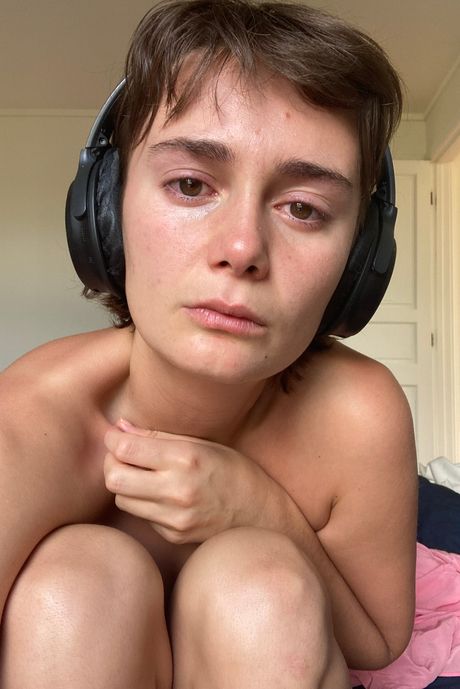

Ten days after Gaiman left New Zealand, Pavlovich went to Palmer’s house for dinner. She asked Palmer if she could tell her something in confidence and made her promise not to tell Gaiman. She begged for reassurance that she would still keep her job as the child’s nanny. Palmer assured Pavlovich her employment was not in danger. Sitting in the kitchen, Pavlovich told Palmer that Gaiman had made a pass at her. She told Palmer about the bath. “I didn’t have any choice in the matter,” she said. “He just did it.” She said he had been having sex with her ever since. She withheld some of the most brutal details and did not describe her experience as sexual assault; she didn’t yet see it that way.
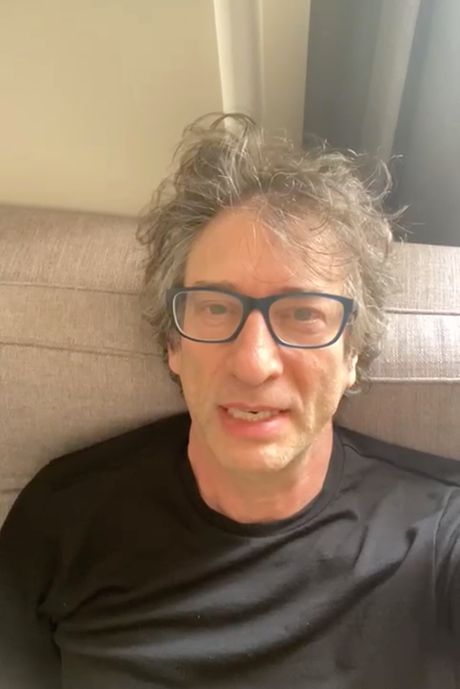

This past fall, Pavlovich began studying for a degree in English literature at the University of St. Andrews in Scotland. As it happens, the university had awarded Gaiman an honorary degree in 2016. In December, Pavlovich approached the head of the university, Dame Sally Mapstone, to share her experience and ask the university to review the decision to honor Gaiman. Mapstone was sympathetic but indecisive; some on the board, she told Pavlovich, would likely want evidence of prosecution to rescind his degree. As far as the police report goes, the “matter has been closed,” a spokesperson says. Gaiman’s career, meanwhile, has been marginally affected. A few pending adaptations of his novels and comics have been put on hold or canceled. But the second season of The Sandman is set to premiere on Netflix this year, as is Anansi Boys on Amazon Prime. (Amazon did not return a request for comment.) He and Palmer are entering the fifth year of an ugly divorce and custody battle. Gaiman has “bled her dry” in the divorce proceedings, according to someone close to her. She’s moved back in with her parents in Massachusetts. (Gaiman’s representatives alleged that Palmer was a “major force” driving this story in light of their contentious divorce.)
